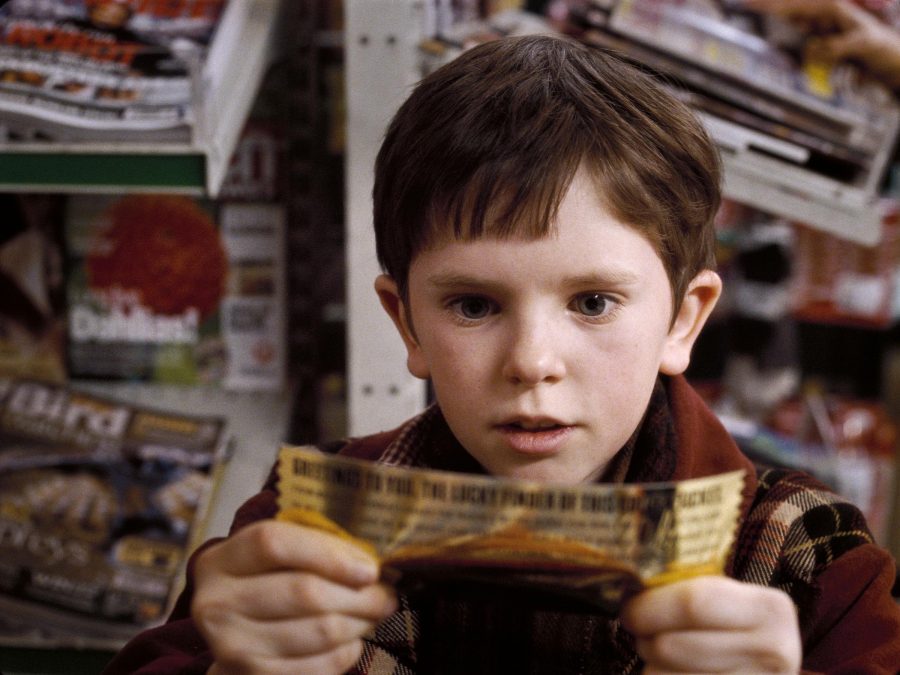Imagine world without chocolate… (Not a pretty sight)
October 20, 2016
Guess what? The world is officially running out of chocolate!
Although several reports back in 2014 have already warned us about the chocolate deficit that the world is currently heading towards, it seems like the general public is still unaware of the happening of this devastating crisis. Earlier this year, more major media outlets have given their updated coverage on the topic of chocolate shortage, pointing out a possibility of cocoa extinction by the year 2020 if the current issues causing this trend of using chocolate are not resolved quickly.
A combination of high demand and slow production are the major factors that are leading to the terrible urgency of cocoa shortage. Behind these two reasons, lays the ultimate root of all evil – climate change. Even though most people enjoy occasionally eating Hershey’s and Mars bars, not many people think about the manufactory of those candies. Walk into any supermarket or store around the corner, and down the candy aisle, there they sit. For most, it has been never a tough job to buy chocolate. However on the other hand, the process of growing chocolate is not that easy. It takes at least two years for a cocoa tree to mature and be ready for its harvest, and during that amount of time, an incredible amount of water is needed for irrigation. Aside from that, most chocolate producing areas around the world are still relying on archaic farming techniques. Now, with a series of long-term droughts occurring in West Africa, where 70% percent of world cocoa is produced, it has become a real challenge for local cocoa producers to keep up with the global crave. On top of all these troubles, a strain of fungus called Frosty Pod Rot is also threatening the cocoa farms, slowly expanding from its limited initial geographic range with an unlimited potential of damage.
In response to this issue, major multinational candy/chocolate corporations such as Nestle and Lindt have set up programs and foundations helping cocoa farmers to overcome the crisis. With thousands of capitals invested in lab research and other methods of aid over the past two years, they have disproved the terror and declared it is unlikely for chocolate to actually go to extinct within decades. Yet, global chocolate prices continue to rise under pressure. The pressure of demand comes noticeably from increasing economically soaring countries, where the popularity of refined sweet commodities grow alongside the size of the nation’s middle and upper classes. It might be scary and hilarious to think about: but with a 40% increase on the price of chocolate since 2012 already happening, it is not entirely impossible for the future generation to regard eating chocolate as an experience so luxury that only the super-prestige can afford.
What is even more saddening is the fact that chocolate isn’t the only item rapidly disappearing. Other foods and commodities beloved, or in some cases, heavily relied on by the people, such as coffee and bananas, are also at stake if no preventative action is taken. In other words, the simple pleasure brought by tearing open a golden foil, and enjoying the smoothness and richness of cocoa melting, could in fact become a childhood memory forever frozen in time. Nonetheless, with this outbreak of the alarming news of chocolate deficit, the detrimental effects of climate change might just started ringing a bell in earthlings’ mind.







